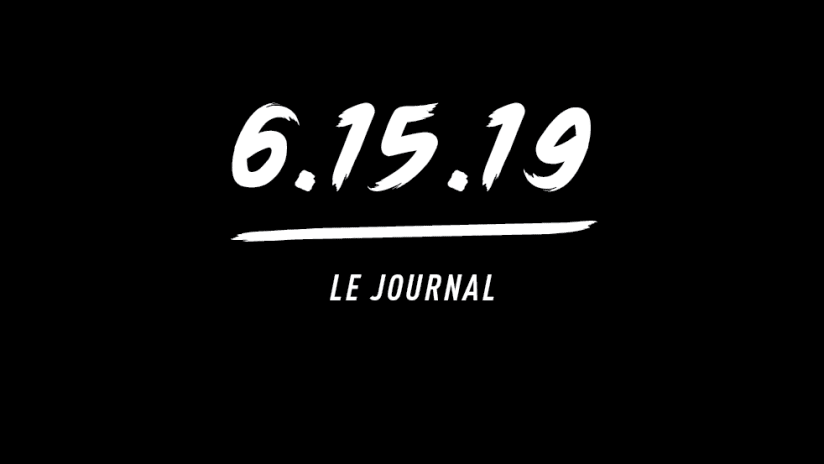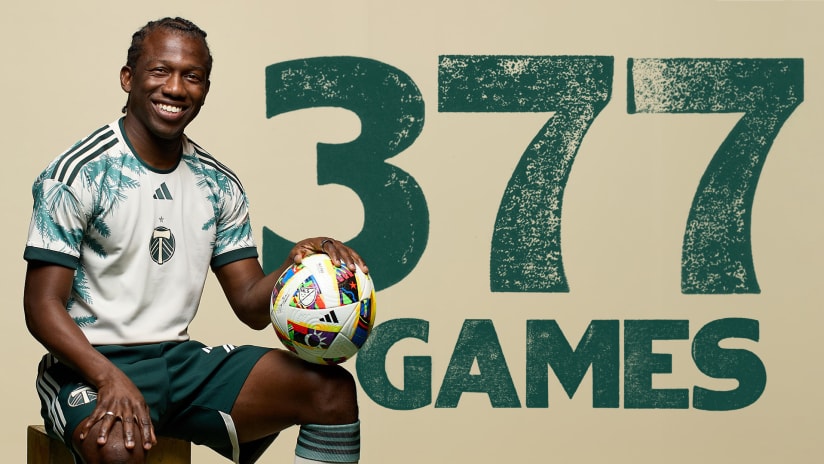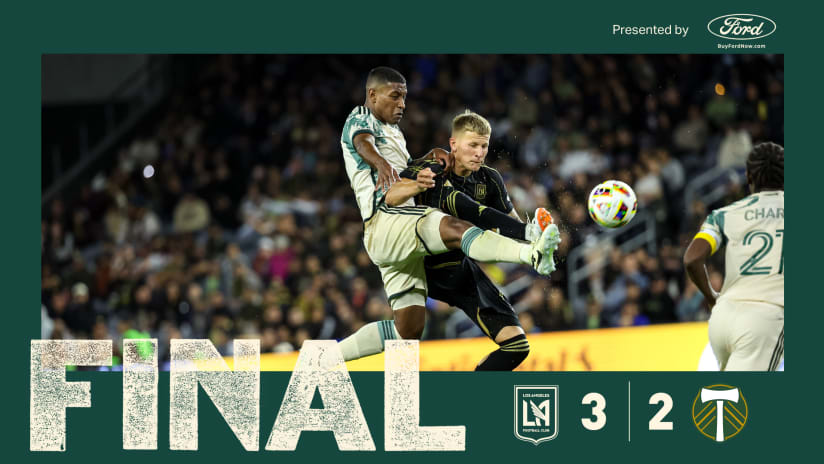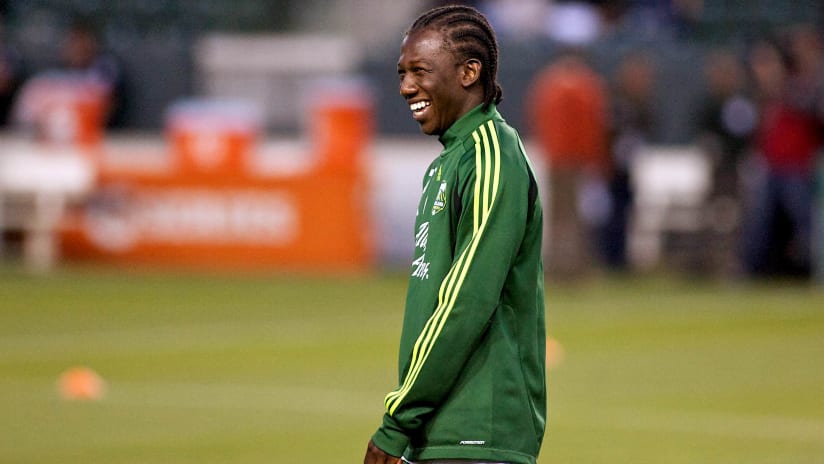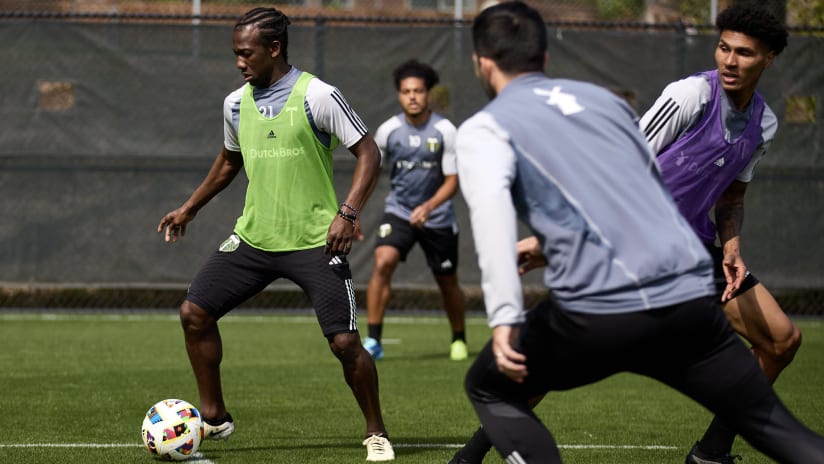It seems like every World Cup presents us with a number of “this is how far they’ve come” moments – epiphanies that usually accompany an eye-opening win. France had theirs in 2011 when their band of Lyon products derailed Canada in the group stage, while Australia opened eyes four years later when their long commitment to youth delivered a knockout-round win over Brazil. Indeed, compared to what those countries had done before, look at how far they’d come.
With Canada today against New Zealand in Grenoble, the context was drastically different, but the end point is the same. Always favored to defeat the Football Ferns, the Canadians will have surprised few with their final result. Even if the same game ended scoreless four years ago, today's 2-0 win was probably the most likely outcome. But in the way that New Zealand head coach Tom Sermanni approached the match, it’s worth wondering about the esteem with which he regarded his opponents, and how we arrived at this moment. How far, exactly, has Canada come?
New Zealand sat back from the start, their “banks for four” (defending and midfield lines) staying within 10 yards of each other while readily collapsing to the edge of their penalty box. The deepest bank never ventured more than 30 yards from goal, while the midfielders rarely crossed midfield. Instead, the team both let the Canadians have the ball and never forced them to make decisions. No pressing. No trapping. They were just kind of … there.
Credit to Canada head coach Kenneth Heiner-Møller for adjusting early. His team came out in a 4-2-3-1 formation but changed course within 20 minutes. There was no need to keep playing four defenders or a second holding midfielder when New Zealand had no interest in contesting the ball. Rather than devoting players to their buildup, Canada could just get forward.
New Zealand’s was the type of strategy teams employ when they’re drastically outmatched – when a Lionel Messi-led attack is hosting a team that needs every point to ensure its first-division survival. In those early UEFA Champions League matches? Where you see a champion from Eastern Europe try to contain a squad like Bayern Munich’s? This is what it looks like. New Zealand’s boss set up his team as if they were facing Manchester City-esque talents.
The thing is, Sermanni knows those talents better than most. He was an assistant with Canada at the last World Cup, likely privy to long, narrowly-focused conversations with the likes of John Herdman, Canada’s previous head coach, as well as others within Canadian socer. Surely, the staff talked in detail about what each player could and couldn’t do. With so little turnover in Canada’s ranks, Sermanni’s mental scouting reports are probably the most accurate of any opposing coach.
He also coached the United States national team before that spell, the NWSL’s Orlando Pride afterward. He’s spent much of the last six-and-a-half years ensconced in North American women’s soccer. To us, his team’s Saturday approach may have seemed too conservative, but between Canada’s and New Zealand’s players, there no person in the world who knew the talents in Grenoble better than the Football Ferns’ boss.
The results were predictable. Even when a coach employs Sermanni’s approach, success is a long shot. Sometimes, though, a long shot is all you’ve got. Today, that long shot produced a 22-2 edge in shots for Canada, a 70-30 advantage in possession, and second-half goals from Jessie Fleming and Nichelle Prince. New Zealand failed to put a shot on target.
In fairness to Sermanni, those numbers aren’t so different than what Canada did against their first opponent; and in that light, perhaps New Zealand’s tactics didn’t matter so much. Five days ago against Cameroon, Canada had a 16-3 edge in shots and held 65 percent of the ball, even if they only won 1-0. Maybe this is just what Canada does against that level of competition, now?
It’s never really been this way, before. The Canadians may have never sat below 13th in FIFA’s rankings (going back to 2003), but they’ve rarely been defended as if they’re the United States, Germany, or teams from China’s, Sweden’s or Norway’s pasts. They lost to Nigeria at the 2011 World Cup. As Christine Sinclair said recently, “For the longest time we've been known as that blue-collar team that makes it annoying for other teams to play against. We were physical.” In other words, they were tough but limitedsquad.
“But over the past couple of years,” Sinclair added, “we've added that technical ability, the ability to shift formations.” On Saturday, both qualities proved important. “Now, we're a skilled team, and I think we get overlooked a lot.”
There was no overlooking on New Zealand’s part, which brings us back to the question: How far has Canada come? We don’t need a landmark win to ask, nor do we need the type of close call that the team crafted in the Olympics of 2012. All we may need is to see how one of the people who knows them best, Sermanni, elected to meet their challenge. Would he have employed the same approach against Canada eight years ago?
Coming opponents are unlikely to be as conservative, with the Europe's champions, the Netherlands, next on Canada’s schedule. But in the way the Canadians were played on Saturday, we can, indeed, see how far the program has come. When was the last time, at a World Cup, somebody approached Canada as if they were Lyon?

